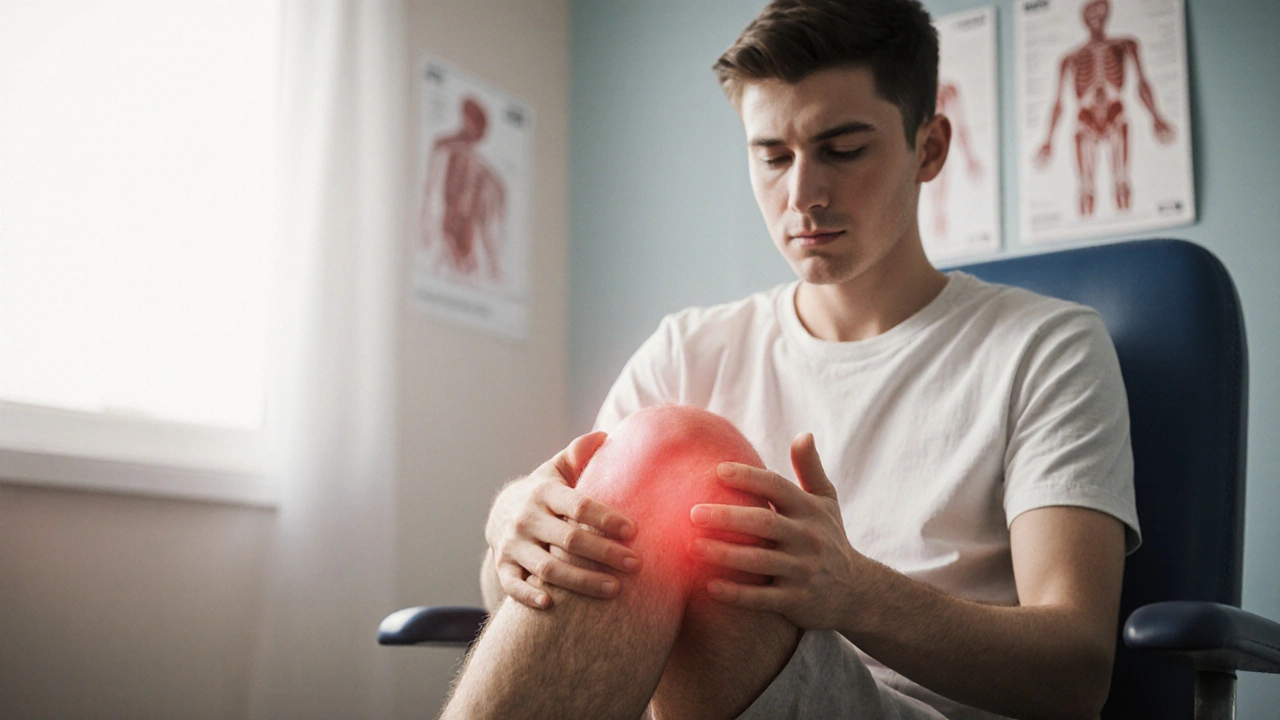Hemophilia A: Understanding the Bleeding Disorder and Its Management
When dealing with hemophilia A, a hereditary bleeding disorder caused by low levels of clotting factor VIII. Also known as classic hemophilia, it requires regular medical oversight. The condition encompasses a deficiency of factor VIII, the protein that helps blood form stable clots. Because the disease is a type of bleeding disorder, patients experience prolonged bleeding after cuts, dental work, or joint injuries. Recent advances have introduced gene therapy, a one‑time treatment that aims to restore factor production by delivering functional copies of the F8 gene, reshaping long‑term care strategies.
Key Aspects of Hemophilia A
Diagnosis usually starts with a simple blood test that measures factor VIII activity. Once confirmed, treatment pathways split into on‑demand and prophylactic approaches. On‑demand therapy involves infusing recombinant factor VIII or plasma‑derived concentrates whenever bleeding starts. Prophylaxis, however, means regular infusions—often two to three times a week—to keep factor levels high enough to prevent spontaneous bleeds. Emerging drugs like emicizumab act as a bridge, mimicking factor VIII’s function without the need for frequent IV shots. For severe cases, gene therapy offers the promise of a near‑normal clotting profile, though eligibility depends on age, liver health, and immune status. Each option comes with its own monitoring needs, side‑effect profile, and cost considerations, making personalized care essential.
Living with hemophilia A isn’t just about medicine; it’s about daily choices and community support. Physical activity remains vital, but high‑impact sports should be avoided to reduce joint damage. Nutrition, joint‑friendly exercises, and regular physiotherapy help maintain mobility. Pharmacists play a crucial role by counseling on proper infusion techniques, storage of factor products, and navigating insurance coverage. Our collection of articles below dives into medication safety, supplement choices, and practical health tips that complement hemophilia care, giving you a broader toolkit to stay healthy and confident.

